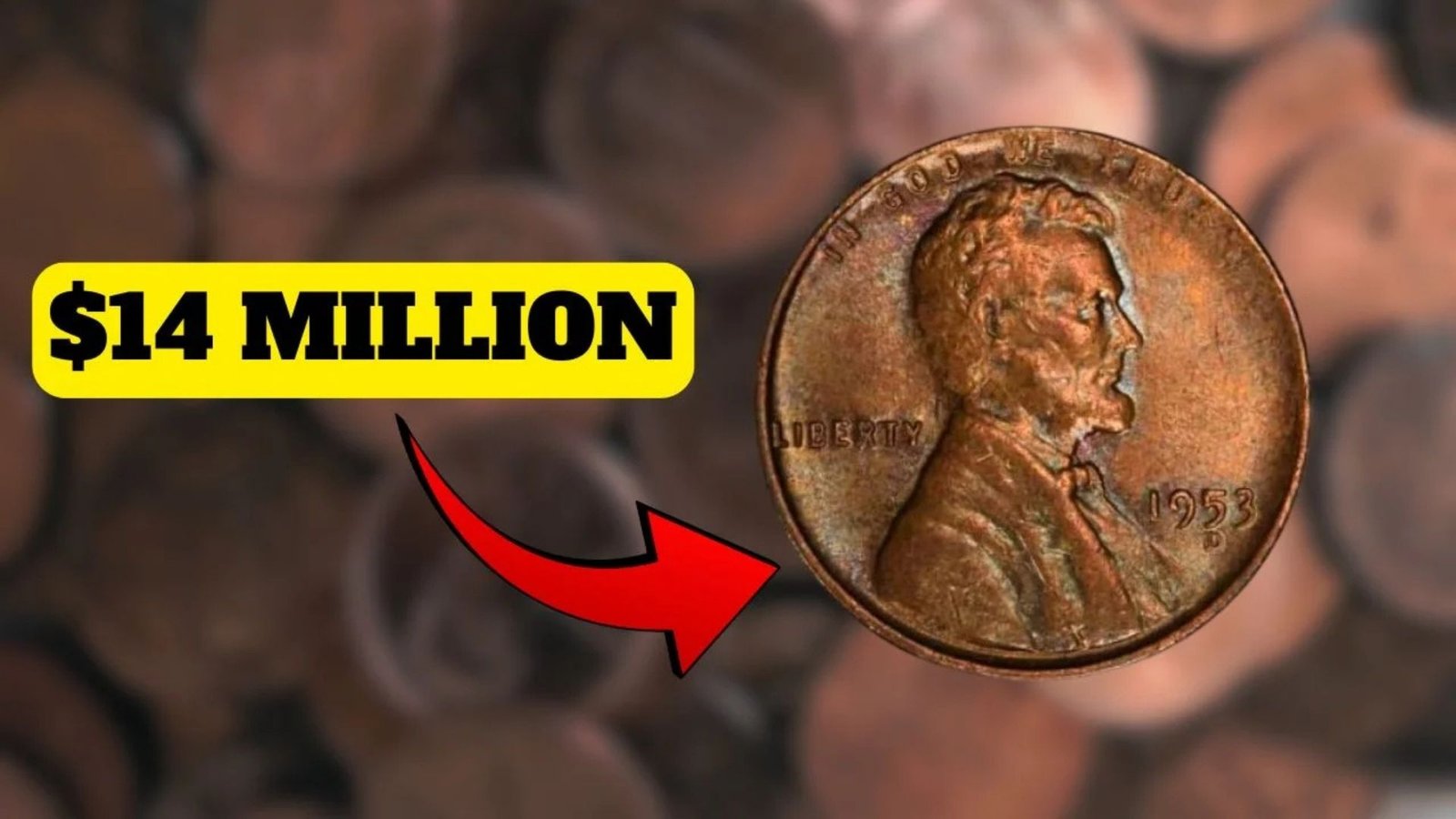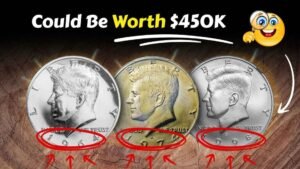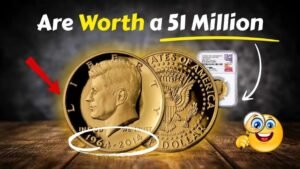What if the change rattling in your pocket held a $14 million treasure? One of the rarest coins in U.S. history — the Lincoln Wheat Penny — is rumored to still be in circulation. Collectors have searched for decades, yet the mystery endures: could you unknowingly spend or receive this fortune in copper?
What Is the $14 Million Lincoln Wheat Penny?
The Lincoln Wheat Penny was minted between 1909 and 1958, featuring two wheat stalks on the reverse side. While millions were produced, a few rare error coins are now worth a staggering fortune. One such penny, valued at $14 million, stands as one of the most sought-after collectibles in numismatic history.
The Fascinating History Behind the Penny
Introduced in 1909 to celebrate Abraham Lincoln’s 100th birthday, the Wheat Penny replaced the Indian Head cent. What makes certain pennies so valuable are the errors, limited mintages, and unique compositions. For instance, some were mistakenly struck in bronze during the steel cent era of 1943, making them incredibly rare.
Key Wheat Penny Varieties and Their Value
| Year & Type | Notable Feature | Approx. Value |
|---|---|---|
| 1909-S VDB | Designer initials “VDB” | $1,000+ |
| 1943 Bronze Cent | Wrong metal composition | $100,000+ |
| 1955 Double Die Obverse | Visible doubling | $1,500–$20,000 |
| 1944 Steel Cent | Transitional error | $75,000+ |
Why This Penny Is So Valuable Today
So why is one Lincoln Wheat Penny valued at $14 million? Its worth comes down to extreme rarity, pristine condition, and collector demand. Rare coin collectors are willing to pay astronomical sums to own a piece of history that exists in only a handful of examples worldwide. The catch? Some of these coins may still be hiding in everyday circulation.
How to Spot One in Your Pocket Change
- Check the Date: Rare versions often include 1909-S, 1914-D, 1943 Bronze, and 1955 Double Die.
- Examine the Metal: During 1943, pennies were made of steel — if yours is copper, it could be rare.
- Look for Errors: Doubling of numbers, letters, or unusual imprints are signs of high value.
Tips for Identifying a Rare Wheat Penny
| Feature to Check | Why It Matters | Collector Value Impact |
|---|---|---|
| Mint Mark (S, D, None) | Tells where coin was struck | Rare mints fetch more |
| Weight & Metal | Bronze vs. steel mix-ups | Huge increase in value |
| Visible Errors | Doubling, misprints, flaws | Adds collector demand |
Jaw-Dropping Facts About the Wheat Penny
- Some Wheat Pennies sold for more than luxury sports cars.
- Over 24 billion Wheat Pennies were minted, but only a tiny fraction carry hidden fortune.
- The legendary 1943 Bronze Wheat Penny once sold for $1.7 million at auction.
Expert Tips to Maximize Your Find
- Don’t Clean It: Cleaning coins lowers their value dramatically.
- Use a Magnifier: Small errors aren’t always visible to the naked eye.
- Get It Graded: Professional grading from PCGS or NGC verifies authenticity and boosts auction value.
FAQs
Q: Is there really a Lincoln Wheat Penny worth $14 million?
A: Yes, some extremely rare Wheat Pennies, particularly error coins, have been valued at up to $14 million by collectors.
Q: Can I still find one in circulation?
A: While unlikely, it’s possible. Many rare Wheat Pennies slip through in coin rolls or pocket change.
Q: What should I do if I find one?
A: Handle it carefully, avoid cleaning, and get it professionally appraised.
Conclusion: Could Your Penny Be the Fortune Everyone Wants?
The Lincoln Wheat Penny valued at $14 million isn’t just a collector’s item — it’s a reminder that history hides in plain sight. Every coin you touch might carry a secret worth millions. The next time you check your pocket change, look closely. That ordinary penny might just be your ticket to fortune.





1 thought on “The Lincoln Wheat Penny Valued at $14 Million, Still in Circulation”